Some Persian machine-made carpets have high prices compared to other rugs in their category due to their superior quality. In this post, we will discuss and compare the different types of machine-made carpets based on the type and composition of their fibers. I will then discuss and compare the different types of machine-made carpets based on their pile and density, as well as the best machine-made carpets. And I will discuss the most expensive carpet manufactured by machines in Iran. I have also provided thorough details in the comments area regarding the top machine-made carpet brand in the country. I hope that after reading this post, you will be able to make an informed decision. Before purchasing a machine rug, it is essential to be informed of the many types of machine rugs available on the market. 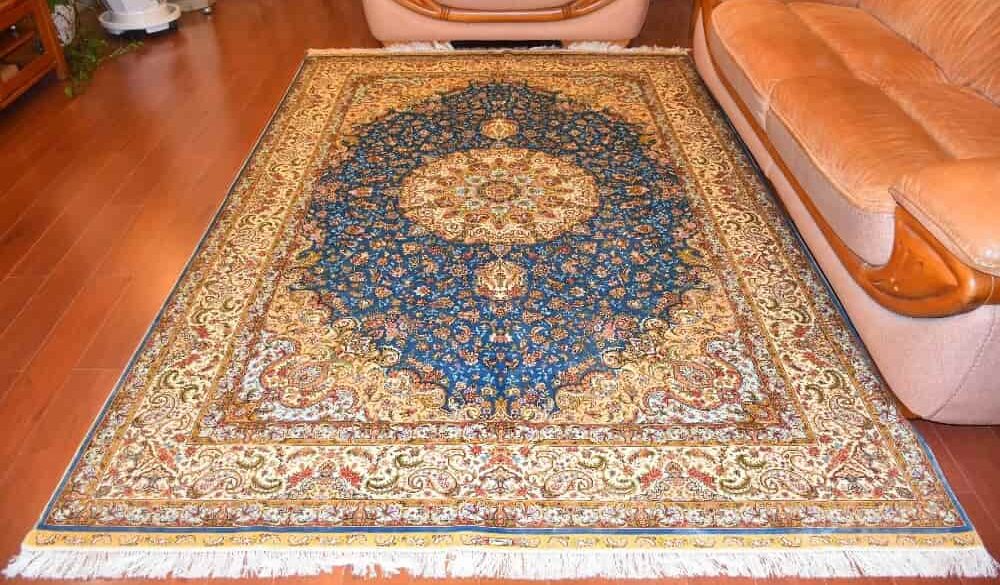 Woolen machine-made carpets, acrylic machine-made carpets, polyester machine-made carpets, and polypropylene machine-made carpets are the four main categories of machine-made carpets based on the type of fibers they are formed from. Continue examining these threads and comparing them to I'll pay as well. Types of threads used in the making of carpets manufactured by machine Each carpet comprises of three different types of yarn: pile yarn, warp yarn, and weft yarn. 1-pile filament or carpet filament This thread is used to weave color knots in such a way that it is positioned around the weft thread in the shape of a knot or a U, and it comes in a variety of varieties:
Woolen machine-made carpets, acrylic machine-made carpets, polyester machine-made carpets, and polypropylene machine-made carpets are the four main categories of machine-made carpets based on the type of fibers they are formed from. Continue examining these threads and comparing them to I'll pay as well. Types of threads used in the making of carpets manufactured by machine Each carpet comprises of three different types of yarn: pile yarn, warp yarn, and weft yarn. 1-pile filament or carpet filament This thread is used to weave color knots in such a way that it is positioned around the weft thread in the shape of a knot or a U, and it comes in a variety of varieties:
- A) 100% acrylic thread B) Acrylic and polypropylene blend yarn: which is spun from a blend of acrylic and polypropylene fibers.
- c) 100 percent polypropylene (PP or B.C.F.) d) Polyester or synthetic silk
2- carpet fiber: This yarn is spun from a cotton-polyester blend; the quality of the fibers used and the type of yarn are crucial to the carpet's endurance and aesthetic appeal. In polypropylene and BCF carpets, warp yarn of the same kind as pile yarn (i.e. BCF yarn) is used, which is why these types of yarns are less expensive. 3- Weaving 100% cotton thread into wool and acrylic carpets: In the end, however, the pile thread, which can be formed of acrylic, polypropylene (BCF), a blend of these two materials, or polyester, is the most essential aspect in defining the carpet's quality and durability. 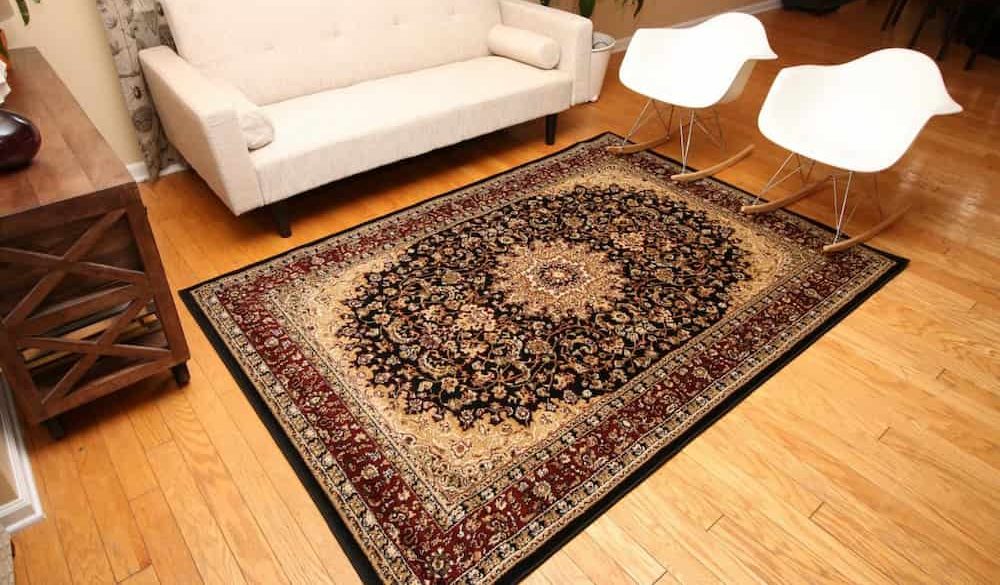
Persian rugs
As noted above, numerous materials are used to create Persian carpets. Now, I'll compare 100% acrylic machine rugs to percentage carpets (which are a blend of acrylic and BCF) or totally BCF carpets to polyester carpets. Acrylic carpets are more durable and have a longer lifespan than BCF, percentage, and polyester carpets. These carpets can be maintained and utilized for over 300 years, but BCF and polyester carpets have a short lifespan. In a very short period of time, they will lose their softness. In terms of shortening (swelling), the change in acrylic carpets over time-based on the length of usage or wear is negligible or negligible enough to be disregarded, but this issue is observable in other types of machine-made carpets. Thus, with time, the length or width of the carpet will become twisted or reduced. In terms of washing and exposure to light, we observe no changes in acrylic carpets, but this is the case with BCF, mixed, and polyester carpets, which causes the carpet's appearance and beauty to deteriorate rapidly. Acrylic carpets have a strong resistance to direct heat; therefore, one of the characteristics that distinguish acrylic carpets from other carpets is the heat test, which allows you to use a hot iron on the carpet without damaging it, whereas BCF and polyester fibers are susceptible to damage. 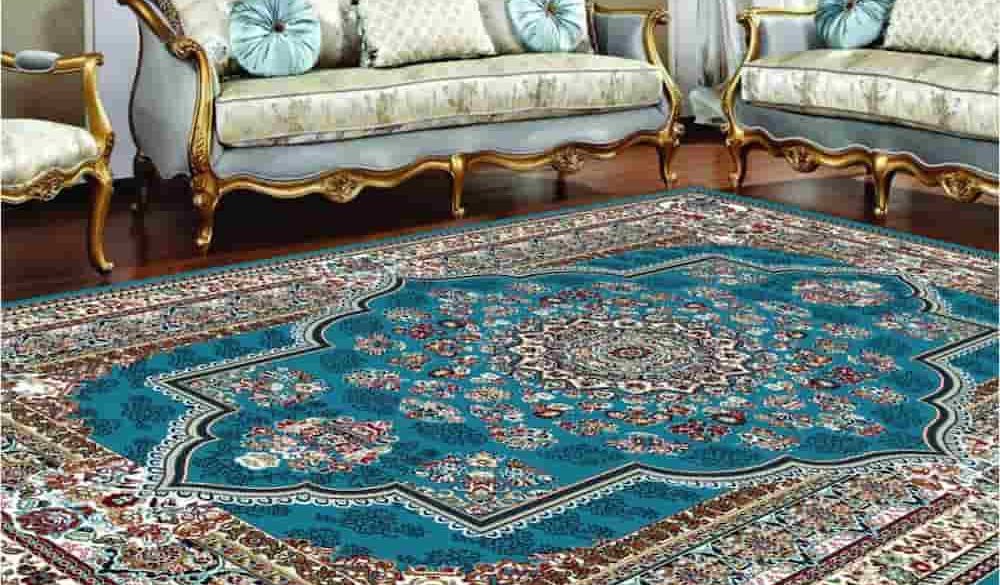 Due to exposure to heat, the carpets become charred and scuffed, destroying them. Acrylic carpet is not affected by wear, but BCF and polyester undergo corrosion or deterioration over time. Acrylic carpets cannot be compared to % carpets, BCF carpets, or polyester carpets in terms of their enduring beauty. However, one of the downsides of acrylic carpets is that they are not quickly absorbed by nature, whereas BCF and polyester are gradually pulverized, dispersed in space, and absorbed by nature. According to Fiber Year magazine, the production of acrylic fibers increased by 9.1% in 2013 compared to 2012, while the production of polyester fibers increased by 6.8%. The German company Dralon manufactures 170 tons of acrylic fibers annually, the finer forms of which are utilized for children's apparel and dolls' clothing in particular. Despite the fact that certain individuals, particularly in virtual areas, have disseminated allegations that acrylic fibers are harmful, this is the case! In Europe, are children's clothing and toys that can be placed in the child's mouth even while play created with harmful fibers?! As a reminder, it should be stated that due to the initial fluffing of acrylic carpets, they may exacerbate allergy reactions in some individuals.
Due to exposure to heat, the carpets become charred and scuffed, destroying them. Acrylic carpet is not affected by wear, but BCF and polyester undergo corrosion or deterioration over time. Acrylic carpets cannot be compared to % carpets, BCF carpets, or polyester carpets in terms of their enduring beauty. However, one of the downsides of acrylic carpets is that they are not quickly absorbed by nature, whereas BCF and polyester are gradually pulverized, dispersed in space, and absorbed by nature. According to Fiber Year magazine, the production of acrylic fibers increased by 9.1% in 2013 compared to 2012, while the production of polyester fibers increased by 6.8%. The German company Dralon manufactures 170 tons of acrylic fibers annually, the finer forms of which are utilized for children's apparel and dolls' clothing in particular. Despite the fact that certain individuals, particularly in virtual areas, have disseminated allegations that acrylic fibers are harmful, this is the case! In Europe, are children's clothing and toys that can be placed in the child's mouth even while play created with harmful fibers?! As a reminder, it should be stated that due to the initial fluffing of acrylic carpets, they may exacerbate allergy reactions in some individuals. 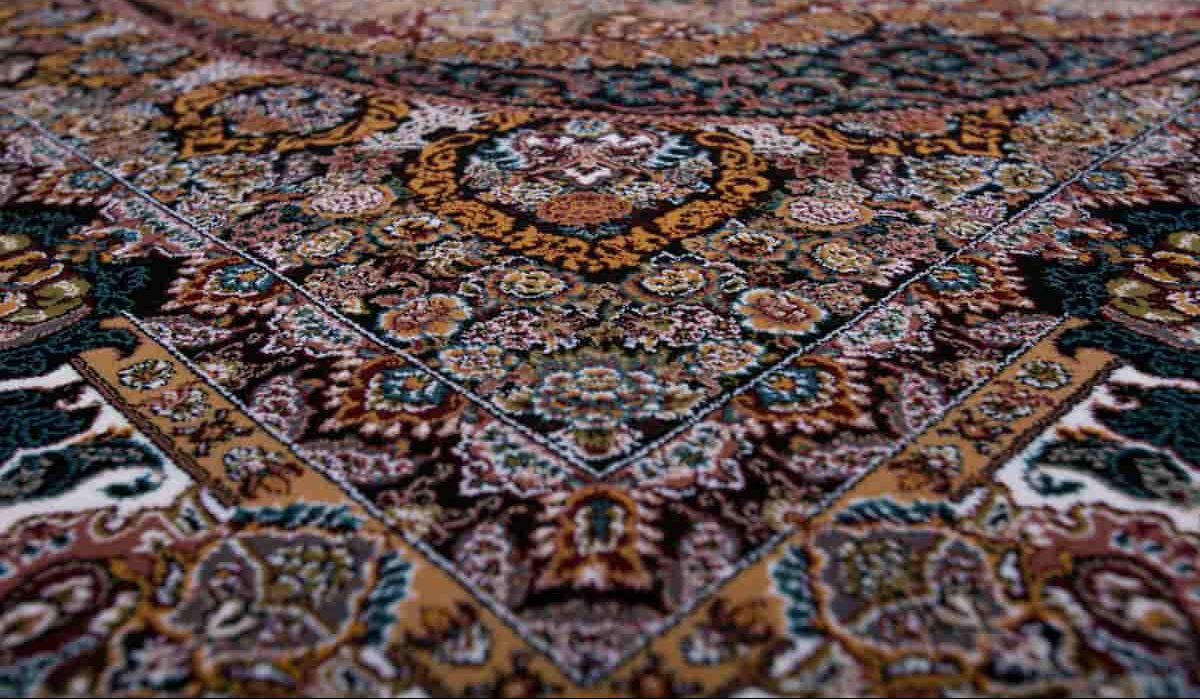
Machine made rugs
As a continuation of the previous articles that examined Iranian machine-made carpets and rugs with regard to the materials that were used in them, in this part we will attempt to explore the benefits associated with carpets that are created from polypropylene and polyester fibers. The fact that polypropylene (BCF) and polyester fibers may be dyed to almost any color is one of the materials' many strengths. Because of this, the cost of dyeing them is lower than that of other fibers, and the variety of colors available is greater; in addition, they are more affordable than fibers made of acrylic and wool. The fact that BCF carpets do not take in moisture is yet another benefit of using them. Because of this, it is appropriate for use in environments with high levels of humidity. Even after being washed or soaked in water, the polypropylene and polyester carpet will only take a short while to dry. The continuous state of the fibers in polyester carpets is another benefit of this type of flooring, as it prevents the carpet from having a fluffy appearance like wool and acrylic do. This particular kind of carpet has the potential to soak up dirt and grime, which is one of its many drawbacks. Once they have been absorbed into the strands of the carpet, a variety of oil-based contaminants will be tough to clean. However, the filth that is water-soluble can be easily extracted from the carpet. According to the contents that are mentioned in this type of carpet, it will be appropriate to use polypropylene and polyester carpets in open spaces, swimming pools, children's rooms, kitchens, and other places where you do not want to pay a lot of money for flooring. Other appropriate locations include: 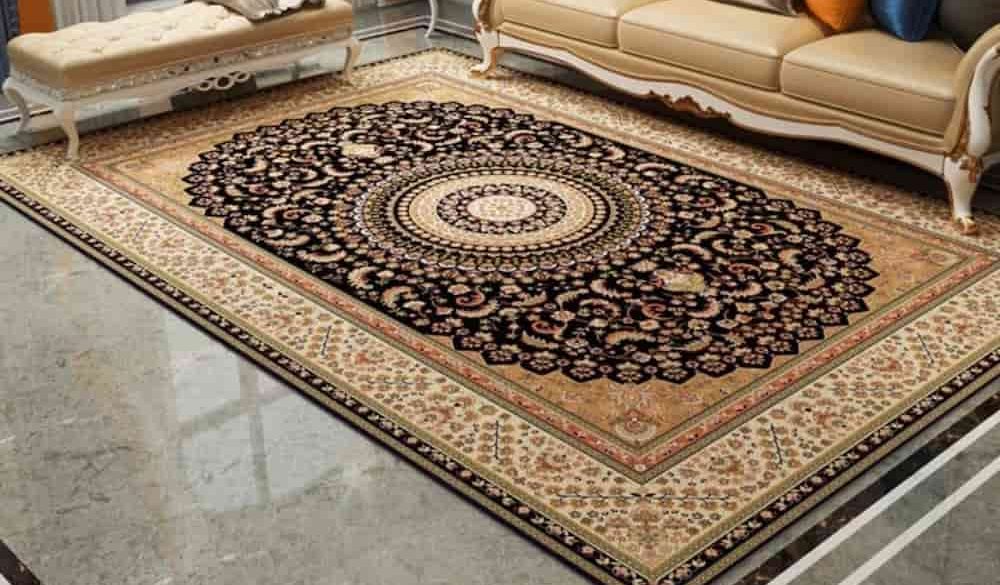
Persian rugs prices
Carpet density refers to the number of color knots woven into the rugs and affects their prices. Each carpet has two forms of density: longitudinal density and transverse density. The carpet's transverse density is known as its shoulder. The shoulder of the carpet is generally measured in terms of the number of color knots per meter and is regarded as the most important aspect in determining the price of the carpet since, as the shoulder increases, the patterns become more intricate. Examining the carpet's reverse and counting the number of knots is a simple method for determining the carpet's pile. For instance, if a carpet has 1000 combs, it must have 1000 knots per meter of width (for easier calculation, it can be said that there should be 100 knots in 10 cm of the carpet). Similar to transverse density, longitudinal density is computed down the length of the carpet using its weft density. 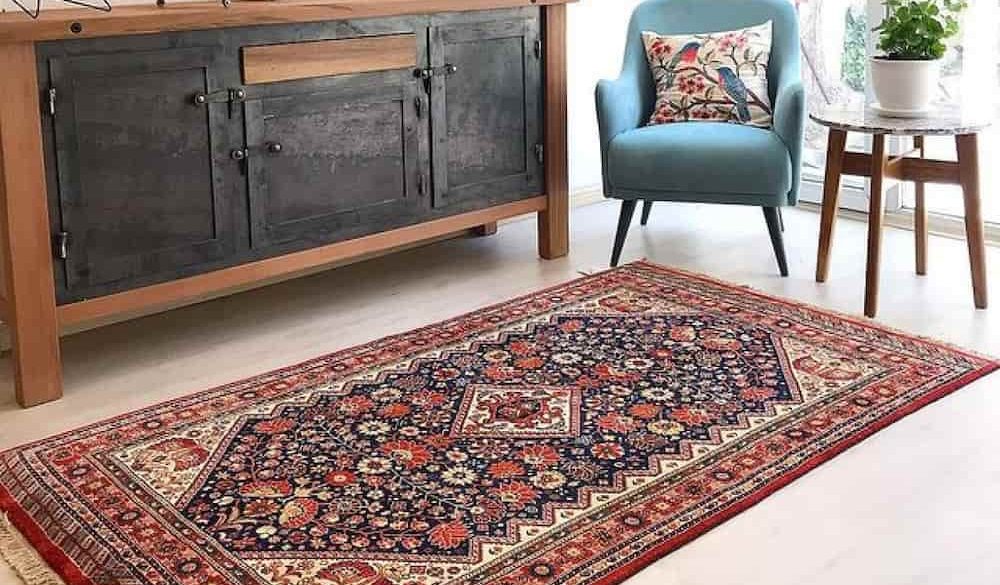 In hand-woven machine carpets, the longitudinal density (i.e., the number of color knots along the length of the carpet) is obtained by dividing the weft density by 3, i.e., when a carpet is reported to have a density of 3000, it indicates that it must have 3000 knots per meter of its length. If a carpet has a knot count of 1000 or a density of 2,550, then 850 knots are woven into each meter of its length. On a lesser scale, the computation is the same; for instance, a carpet with a longitudinal density of 2,550 should have 85 knots per 10 centimeters. Lastly, the carpet's worth and price will increase proportionally to its density. According to this standard, Iranian machine-made carpets are produced with 340 combs, 500 combs, 700 combs, 1000 combs, 1200 combs, 1500 combs, and most recently, 1700 combs. The density of a carpet increases as its number of cross knots increases. Typically, 1500 comb carpets are manufactured with a density of 4500. Naturally, carpets with extremely high piles, such as 1700-pile carpets, will have a greater density.
In hand-woven machine carpets, the longitudinal density (i.e., the number of color knots along the length of the carpet) is obtained by dividing the weft density by 3, i.e., when a carpet is reported to have a density of 3000, it indicates that it must have 3000 knots per meter of its length. If a carpet has a knot count of 1000 or a density of 2,550, then 850 knots are woven into each meter of its length. On a lesser scale, the computation is the same; for instance, a carpet with a longitudinal density of 2,550 should have 85 knots per 10 centimeters. Lastly, the carpet's worth and price will increase proportionally to its density. According to this standard, Iranian machine-made carpets are produced with 340 combs, 500 combs, 700 combs, 1000 combs, 1200 combs, 1500 combs, and most recently, 1700 combs. The density of a carpet increases as its number of cross knots increases. Typically, 1500 comb carpets are manufactured with a density of 4500. Naturally, carpets with extremely high piles, such as 1700-pile carpets, will have a greater density. 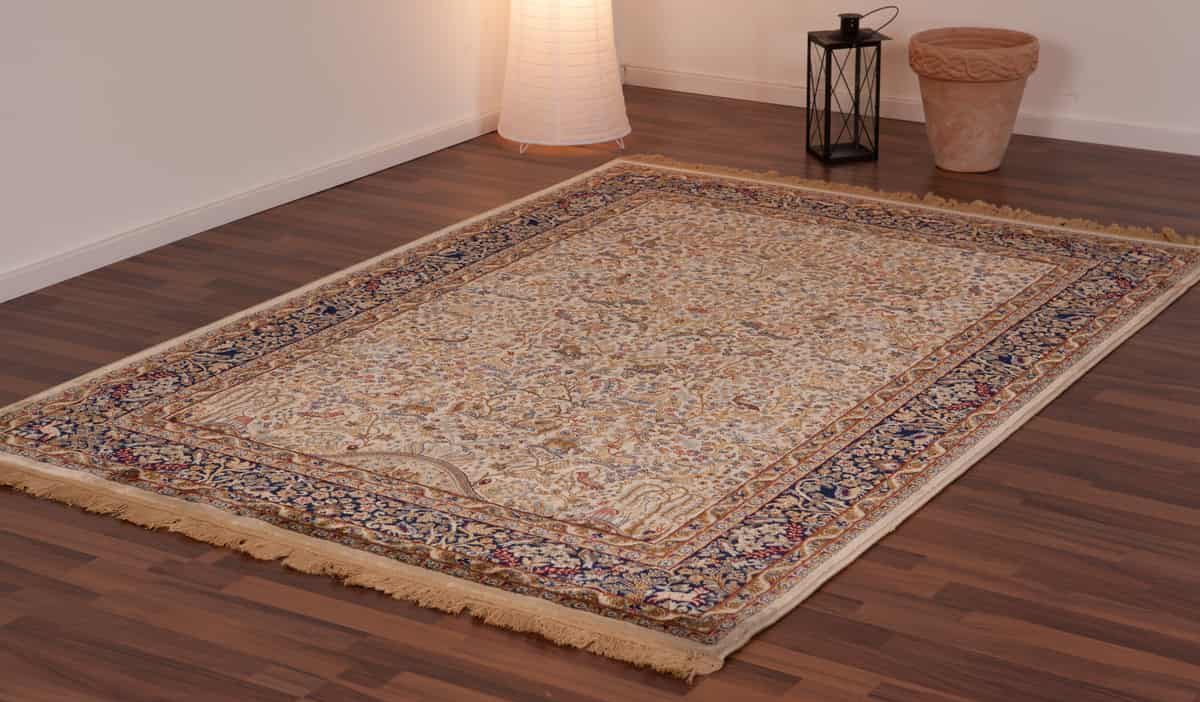
Machine made rugs prices
According to what has been stated, the prices of carpets belongs to their reeds and density. So, the most expensive machine-made rugs in Iran and the globe are currently 1700 comb carpets, which have an extraordinarily high level of elegance, followed by1500 comb, 1200 comb carpets, 1000 comb carpets, 700 comb carpets, and 500 comb carpets. Carpets with a high density, i.e. 1500 and 1200 combs, have more elegance, softness, flexibility, and beauty, but a smaller diameter (piled thread height) than carpets with a lower density, 700 and 500 combs. In other words, carpets with 700 and 500 combs are softer and lighter than carpets with 1000 and 1200 combs. Another aspect of the most expensive machine-made carpets is that brand-specific pricing varies according to the product's quality level and pricing strategy. Final point 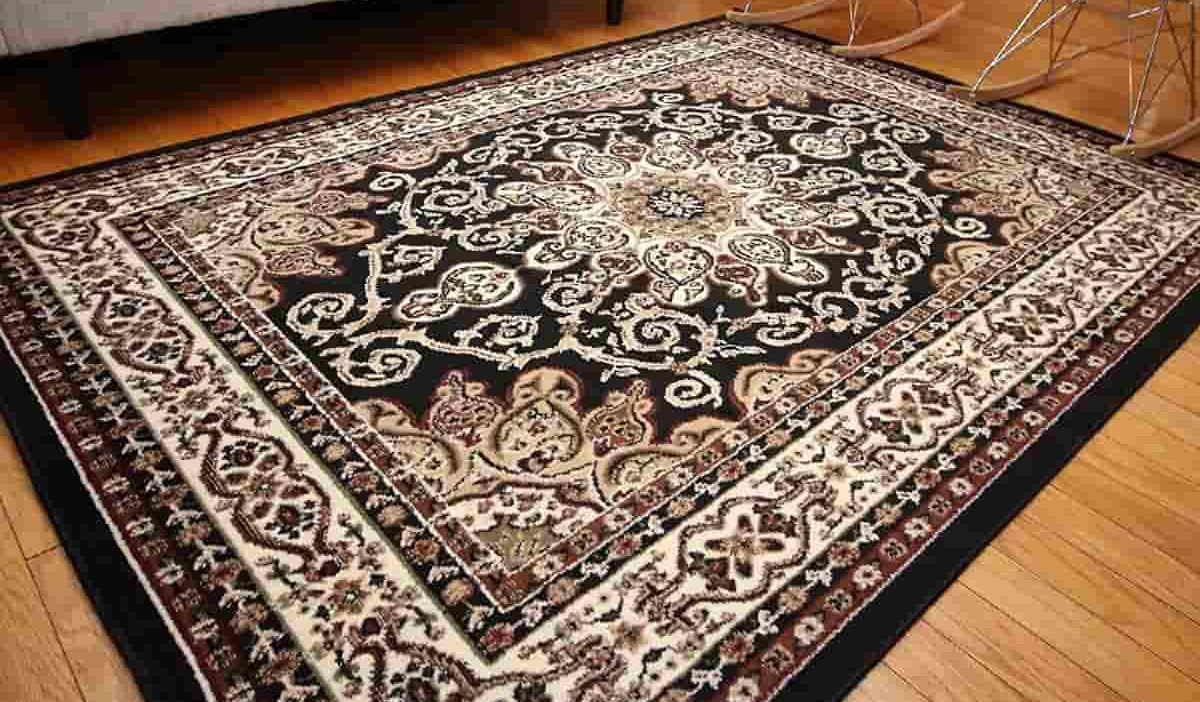 It is also essential to keep in mind that there is a wide range of quality when it comes to acrylic fibers. Carpets that are woven from superb acrylic yarn are the only ones that will be long-lasting and of superior quality. Although the price of the carpet is primarily determined by the type of fiber, low-quality acrylic yarns have a great deal of fluff and, over time, become crushed, hard, and abrasive. This is despite the fact that the price of the carpet is primarily determined by the type of fiber, as is detailed in the article on the price of the carpet and the factors that determine it. Regarding this topic, I have presented some supplementary explanations. After reading this text, my hope is that you will be able to visit carpet stores with a more open mind and choose the carpet that best suits your needs and preferences. You are welcome to use the comments area to voice any issues or queries that have not been satisfactorily addressed. You have the option to sign up for the site as well.
It is also essential to keep in mind that there is a wide range of quality when it comes to acrylic fibers. Carpets that are woven from superb acrylic yarn are the only ones that will be long-lasting and of superior quality. Although the price of the carpet is primarily determined by the type of fiber, low-quality acrylic yarns have a great deal of fluff and, over time, become crushed, hard, and abrasive. This is despite the fact that the price of the carpet is primarily determined by the type of fiber, as is detailed in the article on the price of the carpet and the factors that determine it. Regarding this topic, I have presented some supplementary explanations. After reading this text, my hope is that you will be able to visit carpet stores with a more open mind and choose the carpet that best suits your needs and preferences. You are welcome to use the comments area to voice any issues or queries that have not been satisfactorily addressed. You have the option to sign up for the site as well.

0
0